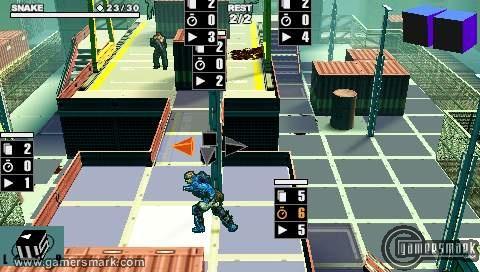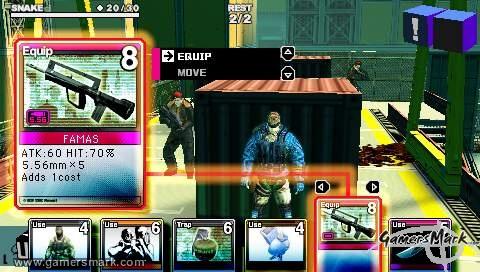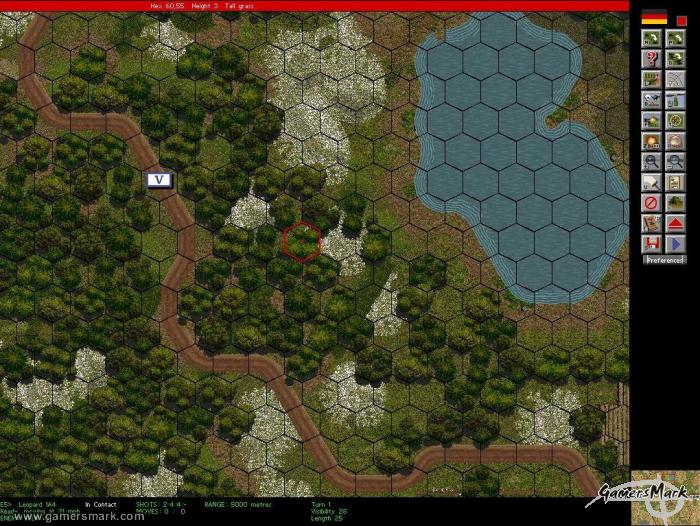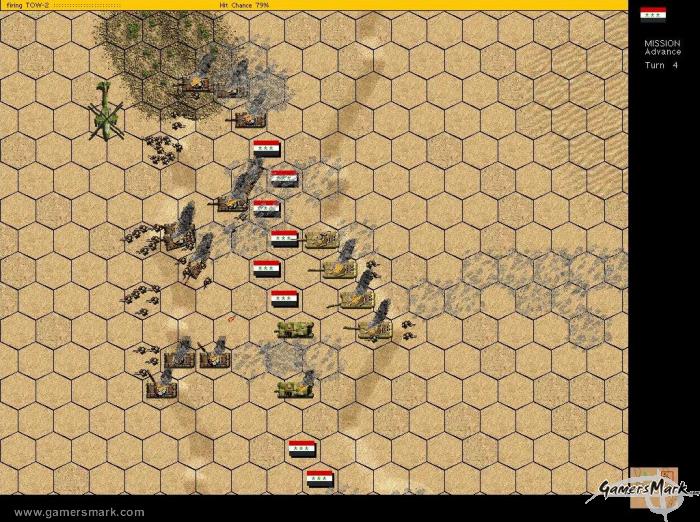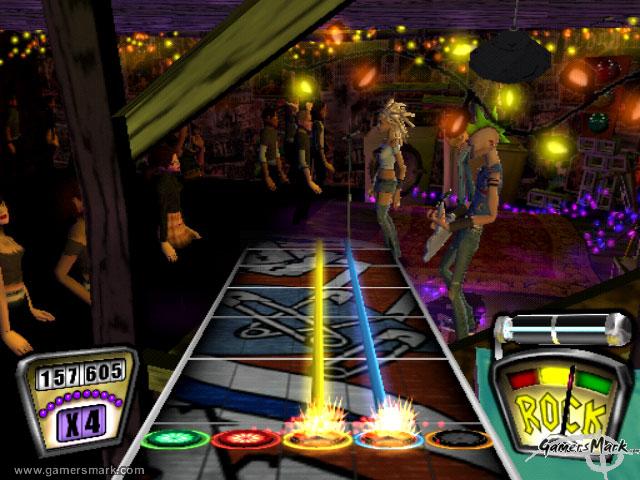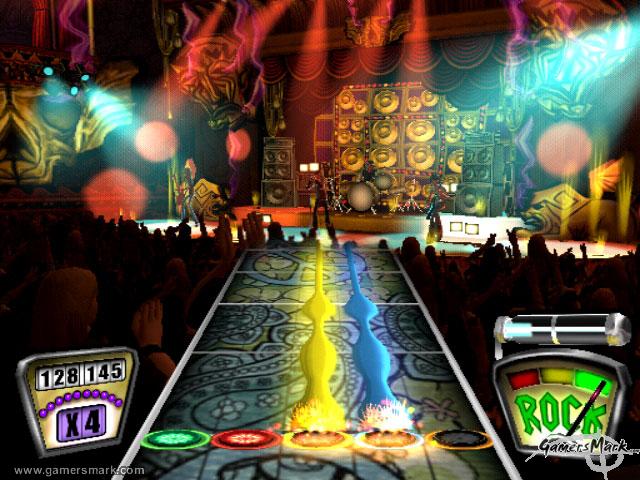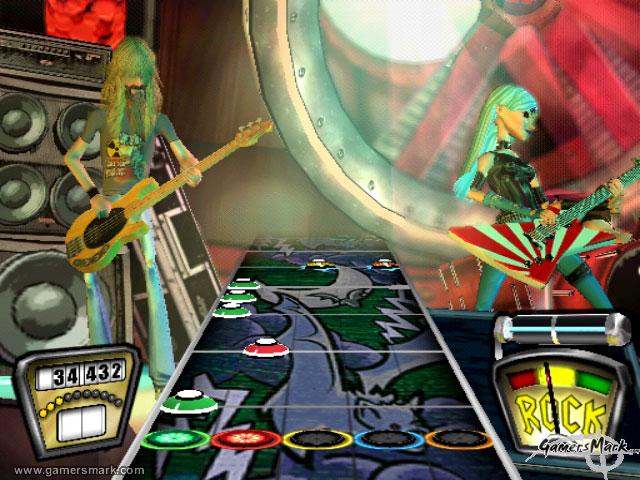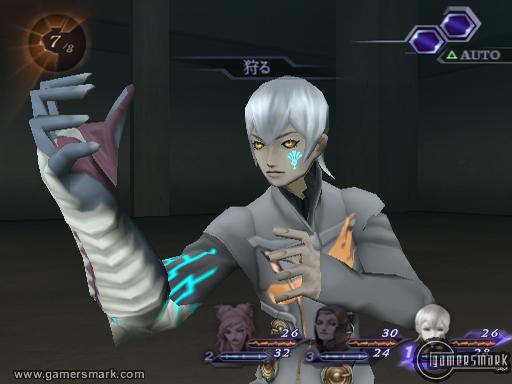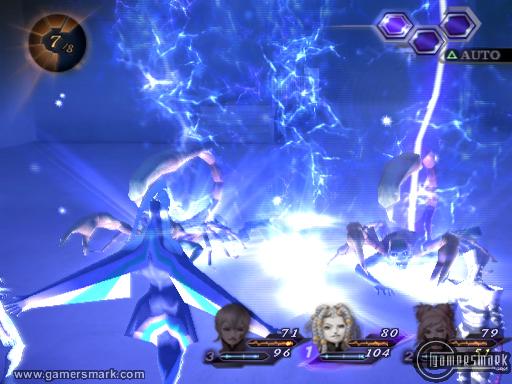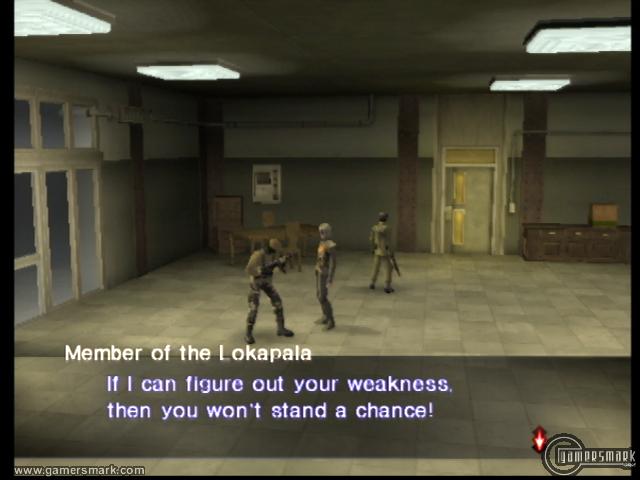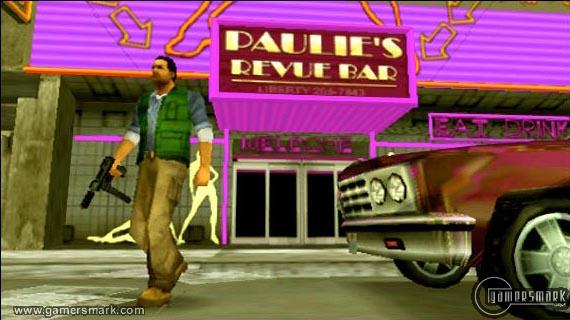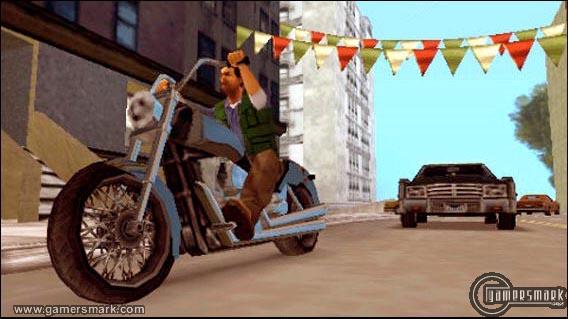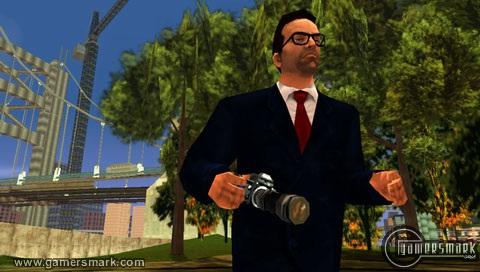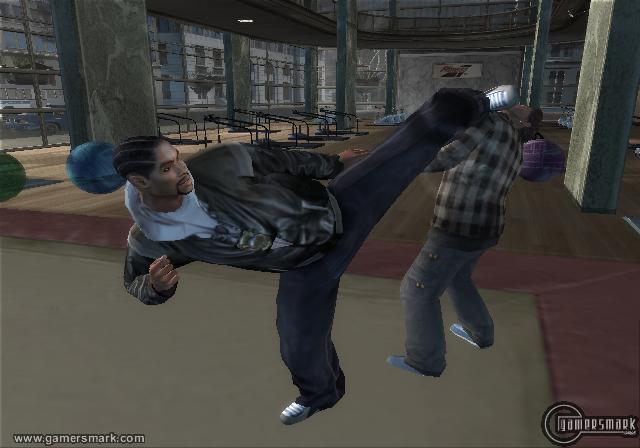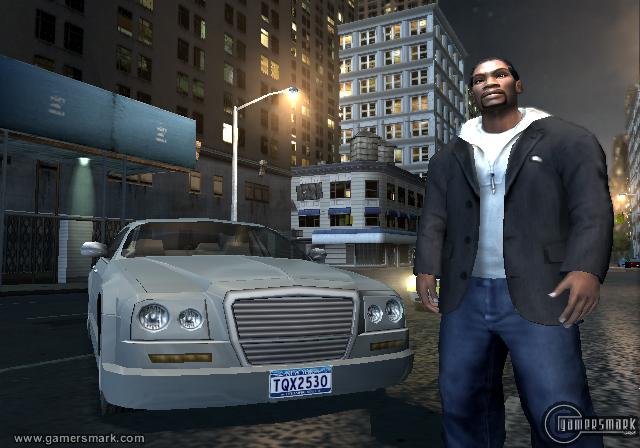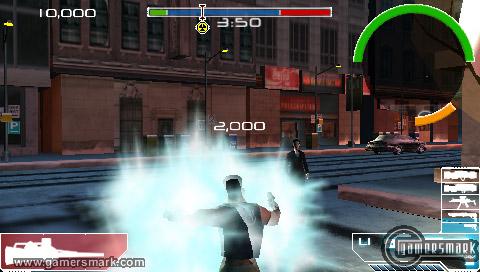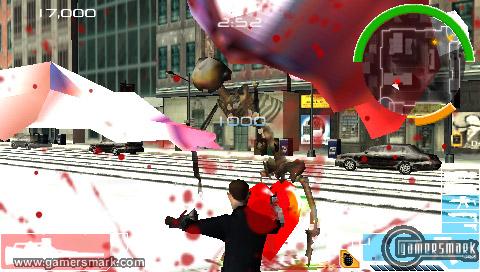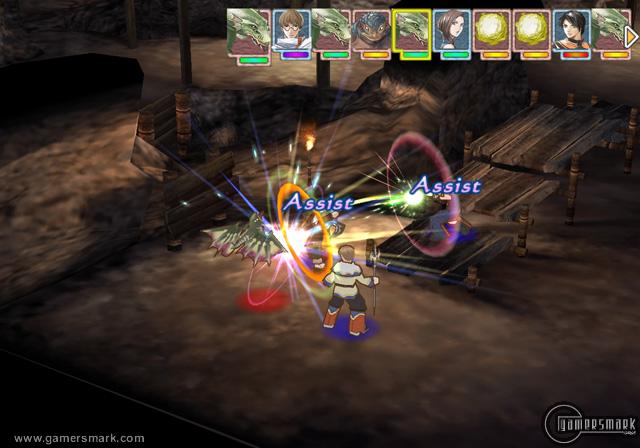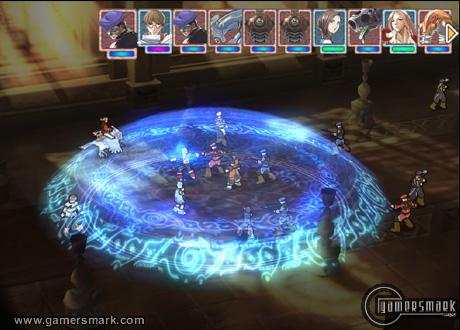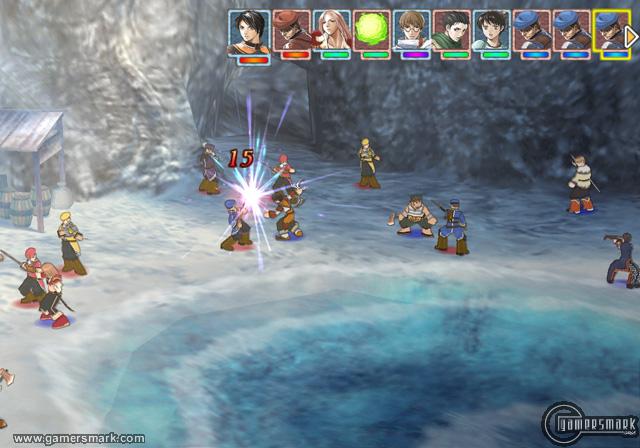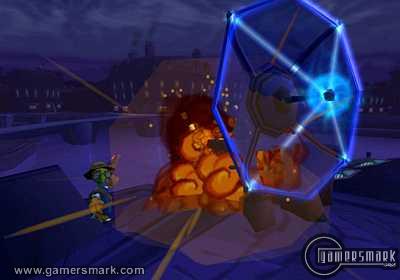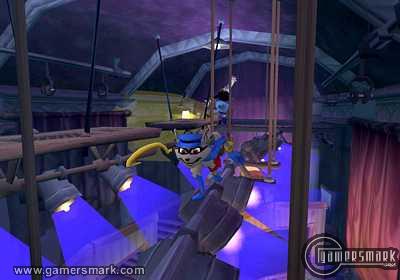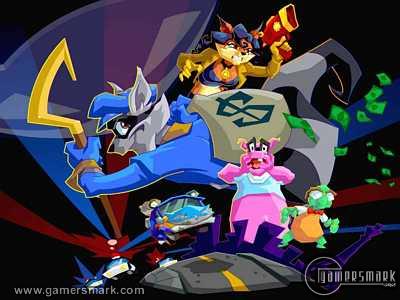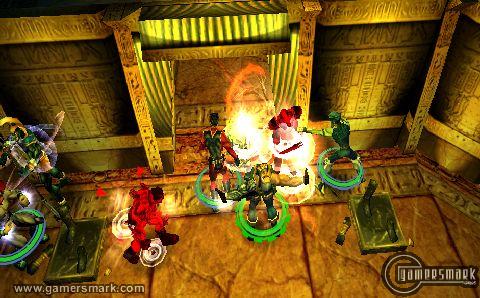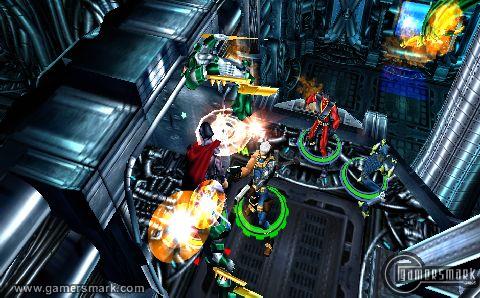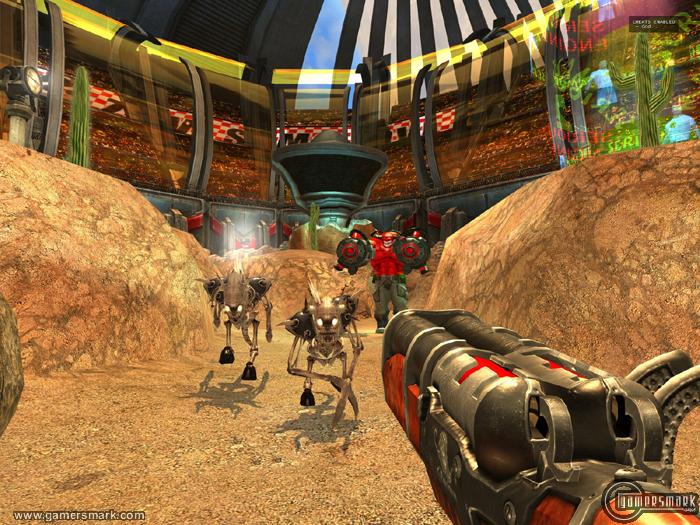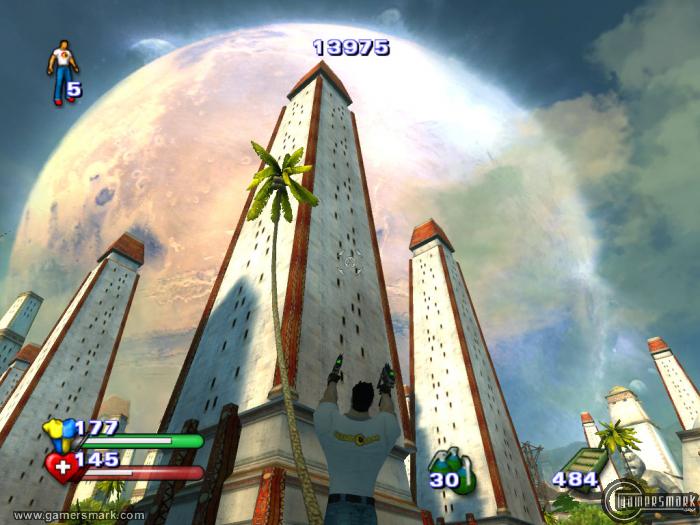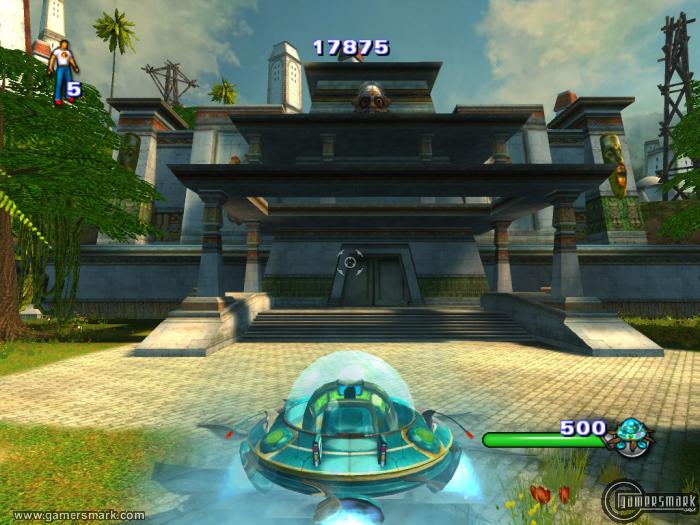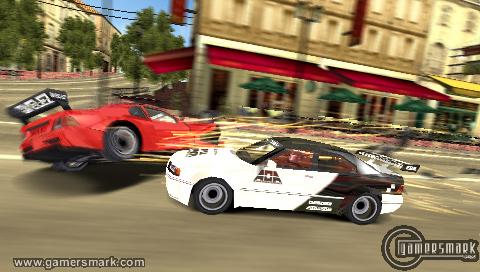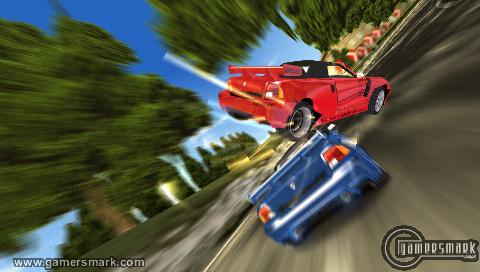Developer: Kojima Productions / Publisher: Konami || Overall: 9.3/10
The strategy genre is one in which I’ve had the opportunity to delve into more as of late. Just the luck of the draw I suppose, but ever since finishing the first Metal Gear Acid, I’ve been excited for more action from the series, and little less than a year it has come with Metal Gear Acid 2 (MGA2). Metal Gear Acid 2 is a vast improvement over its predecessor; a more refined formula of what had been initially introduced with the series.
The gameplay mechanics of MGA2 are essentially the same as those in the original Metal Gear Acid, just with improvements, but these improvements don’t change the basic game. If you’ve played through the first, then MGA2 will feel very familiar. Movement on the map has changed just a little bit; instead of watching an arrow come out of the player to plan a move out thoroughly, the player’s character will actually move in a “real-time” fashion. Other enhancements make basic movements much more streamlined. One thing that might be annoying is that instead of immediately having you chose the direction to face after you move, you have to remember to press the triangle button and then press the X button (as opposed to the circle button, which is the confirm button). The visual interface has also been enhanced to show what moves are available when picking an action. The basic strategies you have to manipulate have stayed relatively the same and are generally in line with the usual strategy game. The speed in which a mission progresses is a major aspect, as it helps to keep the game interesting.
The amount of available cards to acquire has been more than doubled. Approximately 550 cards are in Acid 2’s library, up from the 200 to collect in the first. Obviously a number of new cards had been added, but the main bulk of new cards come from being able to upgrade cards – a new feature that remedies the deterioration of lower-leveled cards through the game’s progression. Having so many cards also makes it a challenge to complete the collection. The concept of “Interference” has also been carried over, and MGA2 puts more stress on using it correctly over than the original had. Interference is the concept of an equipped item influencing a certain stat that another equipped item has. Used effectively, it could make things a little easier. It can also make things a little harder. There are a couple of new types of cards, most significant of which being automatically triggering cards that can help quite a bit during a mission, such as a hit % increase or an attack increase.
The biggest improvement over the first MGA is the sheer amount of opportunities of extra missions to earn extra points and cards and more varied game design. Once you complete an area in Metal Gear Acid 2, you can replay the area in several different ways, including Eliminate, Sneaking, and Special Mission. In Eliminate, you basically just kill all the enemies on the map. Sneaking, you have to get through the level without being detected at all. Special Missions are a lot more like puzzles, making you devise a way to complete an objective within the constraints of the challenge, whether it is allowing only a limited amount of cost to complete the objective, using a pre-made deck of cards, or completing something in one turn. There are special clear bonuses if you get an S rank after completing any story mission or extra mission given in the form of cards, so it is definitely worth your while to do your best in everything you do.
As for the visuals and sound, MGA2 has definitely been enhanced over the first. The biggest being the visual style, the game looks more like a comic book with outlined characters, as well as being vibrantly colored. It’s a nice change from a “regularly” colored game, even if it is funky to see Snake wearing blue shin guards. Sound is used in a better way overall, with most guns sounding unique from each other. What could be seen as a lacking aspect in the sound, however, is the absence of any voice-overs. It’s unfortunate that another game in the series has a lack of a vital aspect to sound in games nowadays. The story is pretty interesting, and completely independent from the first. For much of the game, Snake is dealing with amnesia and not knowing who he is other than a mercenary. Not that the story that is included was a bad choice to use, but I had become personally interested in the way the story of the first MGA could have been continued, but alas, a new story is what is given, and its delivered (yet again) in drawn stills. The inclusion of quite a few more bosses through the game breaks up the monotony of killing regular guards, and definitely solves the biggest qualm I had with the first MGA.
A big extra part of the game is the ability to watch movies in actual 3D with the accompanied Solid Eye plastic-coated cardboard “glasses” that slide over the PSP. As you collect more cards, more movies are available to watch in 3D. The movies to watch are basically every movie from Metal Gear Solid 3. And some movies of extremely hot chicks not usually wearing all that much or getting squirted with water or something like that. The music that plays over those movies made me feel kind of weird, just because all you were basically doing was looking at this girl smiling in the camera seeming like she didn’t really know what to do. I wasn’t too crazy about the movies they put in there, but the 3D was quite effective. The only unfortunate thing is that you can see the pixels of the PSP pretty well, so it looks like you’re actually watching a “bricked” image, if you can understand that.
Metal Gear Acid 2 is an awesome sequel, definitely one of the games that define the PSP for its visual quality, capabilities, and possibility of having add-on things, like the Solid Eye, for specific games. A lot more excitement is to be had with the second Metal Gear Acid, and more bosses integrated into the overall gameplay stresses that point. If you liked the first Metal Gear Acid, you’ll find enjoyment with Metal Gear Acid 2.

